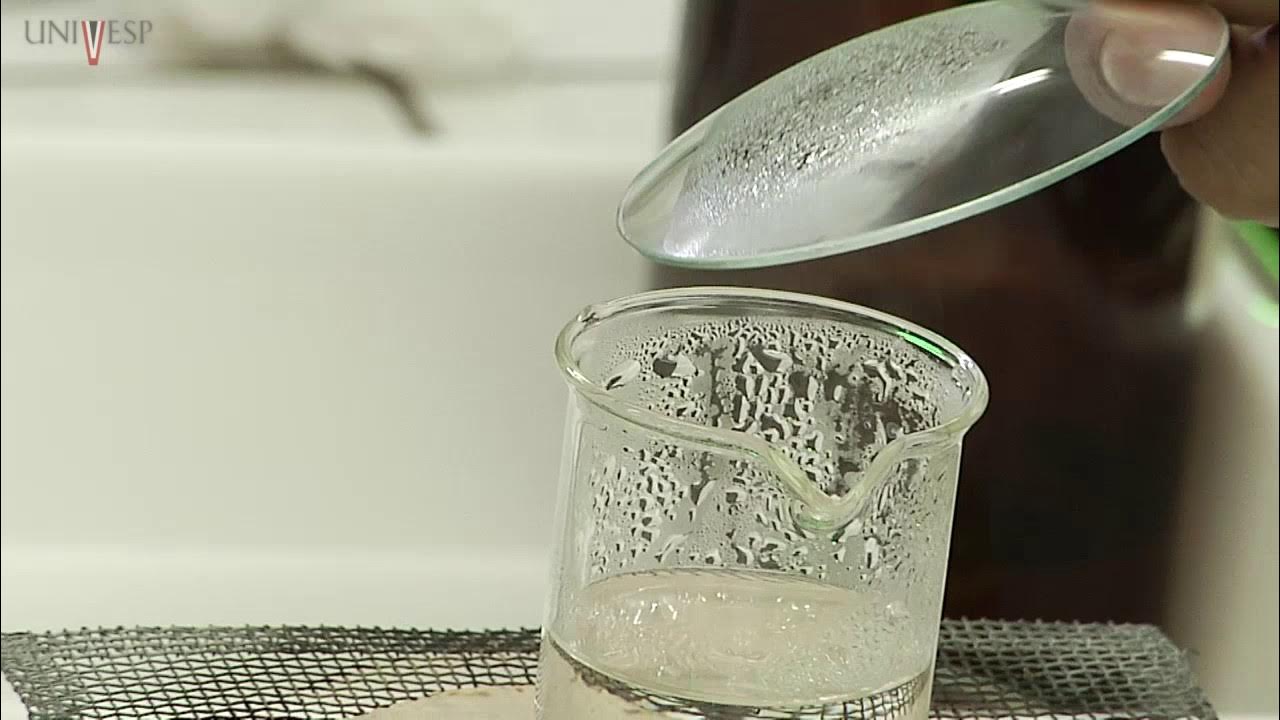Science 8. Q2. Activities on Earthquake and Fault
Summary
TLDRThis educational video guides students through hands-on activities to understand geological concepts. The first activity demonstrates how faults form using cardboard and sand to visualize the movement along fault lines. The second activity, 'stick and slip,' simulates earthquake generation using rubber bands and paper clips. Students learn about friction's role in seismic events, discovering that not all fault movements produce earthquakes. These engaging experiments illustrate fundamental Earth science principles, fostering a deeper understanding of geological processes.
Takeaways
- 📚 Students will learn to describe the appearance of faults and explain their formation.
- 🛠️ Materials required for the first activity include cardboard, sand, a ruler, and newspaper.
- 🧑🔬 The first activity involves simulating a fault by moving cardboard sheets and observing the effects.
- 🔍 The second activity is titled 'Stick and Slip,' focusing on how folds can generate earthquakes.
- 📦 Materials for the second activity consist of small boxes, rubber bands, and paper clips.
- ⚙️ In the second activity, students simulate the frictional forces along a fault using a rubber band.
- 🚫 Initially, there is no movement due to friction; this represents real geological conditions.
- 💥 Once friction is overcome, a sudden slip occurs, simulating an earthquake.
- 🌍 The activities help students visualize the relationship between fault movement and earthquakes.
- 🌀 Students will understand that not all movements along faults lead to earthquakes due to friction.
Q & A
What is the primary objective of the activities in today's video?
-The primary objective is for students to describe the appearance of a fault and explain how faults form.
What materials are required for the first activity involving fault simulation?
-Students need two sheets of cardboard, fine sand, a ruler, and newspaper.
How do students create a fault line in the first activity?
-Students create a fault line by pouring sand along the boundary of the two sheets of cardboard and flattening the sand.
What should students observe while moving the sheets of cardboard in the first activity?
-Students should observe the changes in the sand as they manipulate the cardboard sheets, simulating the formation of a fault.
What concept does the second activity, 'stick and slip', demonstrate?
-The 'stick and slip' concept demonstrates how energy from inside the Earth can cause faults to slip and generate earthquakes.
What materials are needed for the second activity?
-The second activity requires two small boxes, a rubber band, paper clips, tape, and a toy house.
How do students simulate the earthquake in the 'stick and slip' activity?
-Students simulate the earthquake by pulling on the rubber band attached to one box while holding the other box steady, representing friction and fault movement.
What happens when the friction is overcome in the 'stick and slip' simulation?
-When the friction is overcome, the ground suddenly moves, simulating an earthquake.
How are the vibrations from an earthquake described in the video?
-The vibrations from an earthquake are described as traveling in all directions, which can be felt by people in different locations.
What key terms are introduced in the video regarding fault movement and earthquakes?
-Key terms include 'fault', 'stick and slip', 'friction', and 'earthquake'.
Outlines

This section is available to paid users only. Please upgrade to access this part.
Upgrade NowMindmap

This section is available to paid users only. Please upgrade to access this part.
Upgrade NowKeywords

This section is available to paid users only. Please upgrade to access this part.
Upgrade NowHighlights

This section is available to paid users only. Please upgrade to access this part.
Upgrade NowTranscripts

This section is available to paid users only. Please upgrade to access this part.
Upgrade NowBrowse More Related Video

Science 5 Quarter 1 Week 5 Revised K-12 - Temperature And Its Effect On The State Of Matter

Overview of Gravitational Potential Energy and Kinetic Energy

Práticas para o Ensino de Ciências - Aula 12 - Água

Video PPL Aksi 1 PPG IPA UNM Kategori 2 Model Inkuiri Terbimbing Siklus 2

SCIENCE 5 || QUARTER 3 WEEK 2 | CONDUCTORS OF HEAT AND ELECTRICITY | MELC-BASED

Guide to Explore Lessons
5.0 / 5 (0 votes)